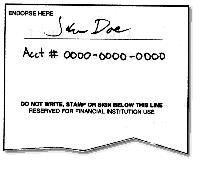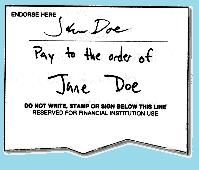![]()
![]()
![]()
Use LEFT and RIGHT arrow keys to navigate between flashcards;
Use UP and DOWN arrow keys to flip the card;
H to show hint;
A reads text to speech;
24 Cards in this Set
- Front
- Back
|
Accounting Equation
|
An equation showing the relationship among assets, liabilities, and owner's equity.
|
|
|
Adjusting Entries
|
Journal entries recorded to update general ledger accounts at the end of a fiscal period.
|
|
|
Balance Sheet
|
A financial statement that reports assets, liabilities, and owner's equity on a specific date.
|
|
|
Chart of Accounts
|
A list of accouts used by a business.
|
|
|
Closing Entries
|
Journal entries used to prepare temporary accounts for a new fiscal period.
|
|
|
Post-Closing Trial Balance
|
A trial balance prepared after the closing entries are posted.
|
|
|
Posting
|
Transferring information from a journal entry to a ledger account.
|
|
|
Proprietorship
|
A business owned by one person.
|
|
|
Revenue
|
An increase in owner's equity resulting from the operation of a business.
|
|
|
Service Business
|
A business in which income is produced chiefly by personal services rendered.
|
|
|
Source Document
|
A business paper from which information is obtained for a journal entry.
|
|
|
T-Account
|
An accounting device used to analyze transactions.
|
|
|
Temporary Accounts
|
Accounts used to accumulate information until it is transferred to the owner's capital account.
|
|
|
Trial Balance
|
A proof of the equality of debits and credits in a general ledger.
|
|
|
Net Income
(Formula) |
(Total Revenue)
-(Total Expenses) |
|
|
Total Expenses Component Percentage
(Formula) |
((Total Expenses)
/(Total Sales)) *100 |
|
|
Net Income Component Percentage
(Formula) |
((Net Income)
-(Total Sales) * 100) |
|
|
Current Capital
(Formula) |
(Capital Account Balance)
± (Net Income+ or NetLoss-) - (Drawing Balance) |
|
|
Adequate Disclosure
|
Financial statements contain all of the information necessary to understand a business's financial condition.
|
|
|
Going Concern
|
Financial statements are prepared with the expectation it will stay in business.
|
|
|
Objective Evidence
|
A source document is prepared for each transaction.
|
|
|
Accounting Period Cycle
|
Changes in financial information are reported for a specific period of time in the form of financial statements.
|
|
|
Blank Endorsement
|

|
|
|
Special Endorsement
|

|

